CephFS: determine a file location
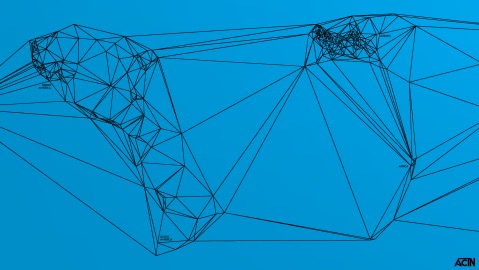
Quick tip to determine the location of a file stored on CephFS.

Quick tip to determine the location of a file stored on CephFS.
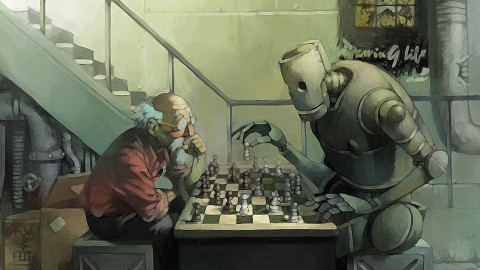
I haven’t advertised this one really much (even if I’ve been using it in some articles). Since people are still wondering how to quickly get a full Ceph cluster up and running for testing, I believe it deserves its own article so it will get more visibility. Re-introducing the Ceph demo container. This is going to be a really short article :).
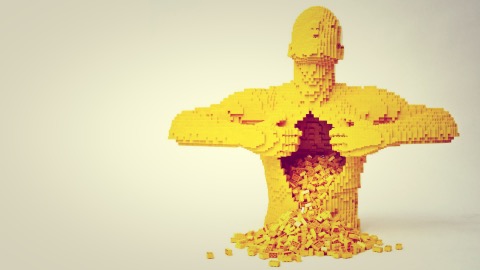
Docker 1.8 was just released a week ago and with it came the support for volume plugin. Several volume plugins are available but today I will be introducing the Ceph RBD ones (yes there are currently 3 different drivers).
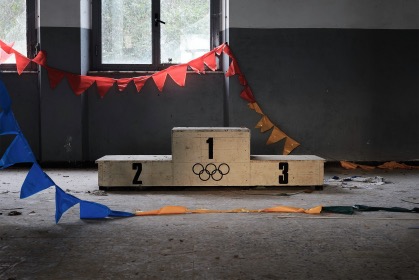
Using SSD drives in some part of your cluster might useful. Specially under read oriented workloads. Ceph has a mechanism called primary affinity, which allows you to put a higher affinity on your OSDs so they will likely be primary on some PGs. The idea is to have reads served by the SSDs so clients can get faster reads.

Yet again and for the second time this year, it is time to vote for summit presentations :). Self promotion ahead :).
As always, Josh and I will present the newest addition of Liberty for Ceph in OpenStack. I don’t want to spoil to much but what I can tell you is this cycle is doing well and most of the wanted features would likely land in Liberty. So if you want to see all the amazing things that happened during this cycle:
This presentation will be a follow up on Dude where’s my volume? talk from Vancouver.
Thanks in advance for your votes and support :).

The title is probably weird and misleading but I could not find better than this :). The idea here is to dive a little bit into what the kernel client sees for each client that has a RBD device mapped. In this article, we are focusing on the Kernel RBD feature.
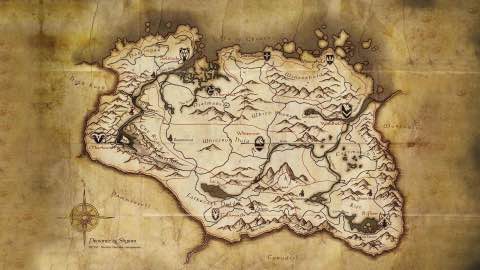
The Hammer release brought the support of a new feature for RBD images called object map. The object map tracks which blocks of the image are actually allocated and where. This is especially useful for operations on clones like resize, import, export, flattening and size calculation since the client does not need to calculate where each object is located. The client will just look up on that table.
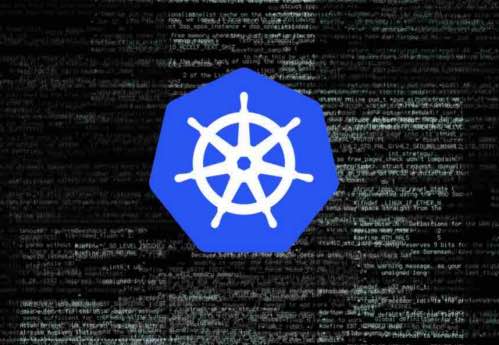
It is crucial to know how to build Kubernetes from source if you want to implement new features.